Guide to Turkish Music - All About Turkish Music
History of Turkish Music
Turkish music comes from various old music courses. The cultures that Turks absorbed throughout the centuries reflected their genres of turkish music from their instruments to their performances. In the 11th century, groups of Turks migrated from Central Asia and occupied Anatolia. They went through a cultural metamorphosis when they adopted Islam. The Turkish art music was influenced by Persian, but especially from Byzantine culture. On the other hand, Turkish urban and folk music interacted with the musics of Near East and Balkans. Given the centuries of cultural interchange, it is impossible to assess the impact of interaction with Arab and Balkan people.
Turkish rural music is mentioned as folk (‘halk’) music in Turkey. Folk genre is performed by a variety of people. Semi-professional folk poets and minstrels called as ‘ozan’ occupy a prominent place in folk music. The aşık (‘lover’) poets improvise new songs drawn from traditional material and they promulgate their voice through Bağlama-saz, a long-necked lute which is the one of the most important instruments in Turkish folk music. Aşık Veysel who is a blind singer is the last and one of the most important aşıks in Turkey. Folk music is performed by men and women at social gatherings like rural festivities throughout the country. People sing and perform heterophonically (simultaneously and at the same melodic line) in Turkish folk music. Musicians improvise musical interludes. In Turkey, folk music styles are very similar except for the Black Sea coast having lively dance tempos and where kemençe (kemenche) and tulum (instrument similar to bagpipe) are played.
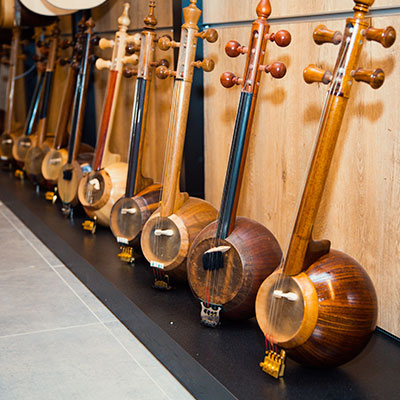
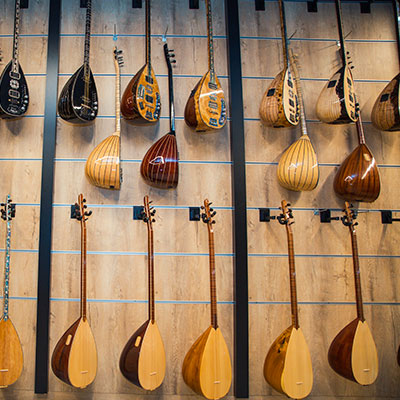
About Turkish Folk Music
Turkish folk music has a very important place in Turkish music.Turkish folk music is one of the traditional Turkish music.Turkish folk music uses heptatonic scale (with seven notes) but it is concentrated around tetrachords. Turkish folk music is based on modal structures called ‘ayak’ (meaning foot or step). There are four ayak which are bozlak, kerem, derbeder and garip. Many folksongs are anonymous and very well known, on the other hand talented singers continues to create new folk songs.
Besides bağlama, kemençe (spike-fiddle), darbuka (or deblek and dümbelek which is a single-headed goblet-shaped percussion instrument), def (single-headed frame drum), davul (bass drum), kaval (shepherd’s flute), and zurna (single-reed double pipe) are the most popular Turkish folk music instruments.

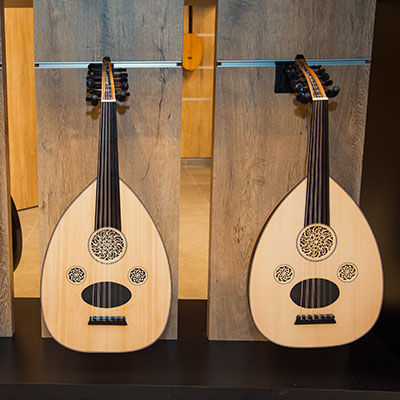
Turkish Art Music
Turkish art music is one of the traditional Turkish music.Turkish art music (Türk Sanat Müziği) is essentially melodic and linear in character. It is traditionally performed heterophonically by a mixed, but not fixed group of solo instruments. It is based on a modal system called makam and rhythmic system known as usul.
Makams consist of scales comprising determined tetrachords (dörtlü) and pentachords (beşli) governed by composition rules concerning the melodic direction (seyir: ‘path’). The seyir indicates definite modulations and the melodic progression, which can be either upwards (çıkıcı) or downwards (inici) or both (inici-çıkıcı). The first note or the tonic of a makam is karar and a piece should end at karar whichever pitch it starts. In a Turkish art music piece, a significant tonal center other than the tonic is called güçlü (dominant).
The makam names are mostly shared with the Arab and Persian systems. Today, they are classified into three categories: simple (basit), combinatory (birleşik or mürekkep) and transposed (göçürülmüş or şedd). There are 13 basic modes : rast, çargah, hüseyni, neva, puselik, uşşak, kürdi, suzinak, hicaz, hümayun, uzzal, karçığar, zirgüle.
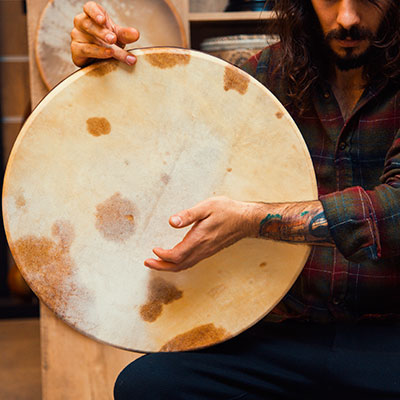
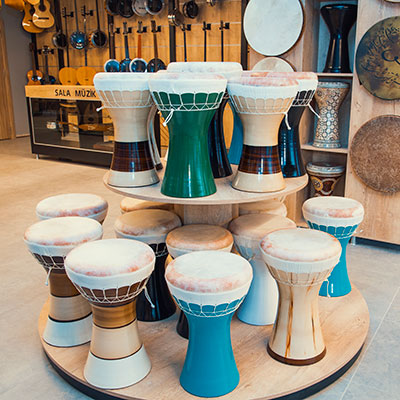
In modern Turkey, a system called Arel-Ezgi is used for the western notation of Turkish art music pieces. The Arel-Ezgi system consists of a theory of intervals called koma (comma). Every whole step is divided into 9 commas and accidental markings indicate raising or lowering the pitch by 1, 4, 5, 8 and 9 commas. This produces an octave consisting of 24 unequal intervals. As for the names of the pitches, they are also different than the western pitch names. In Turkish art music, each pitch is named differently according to its place on the register.
Oud instrument, kanun, kemençe, tanbur, ney, bendir and many other musical instruments are used for the performance of Turkish art music. Each of them has a distinct and unique sound. We call you to explore more the colorful sounds of traditional turkish music and you can start by playing one of these amazing musical instruments that we also have in our catalogue.


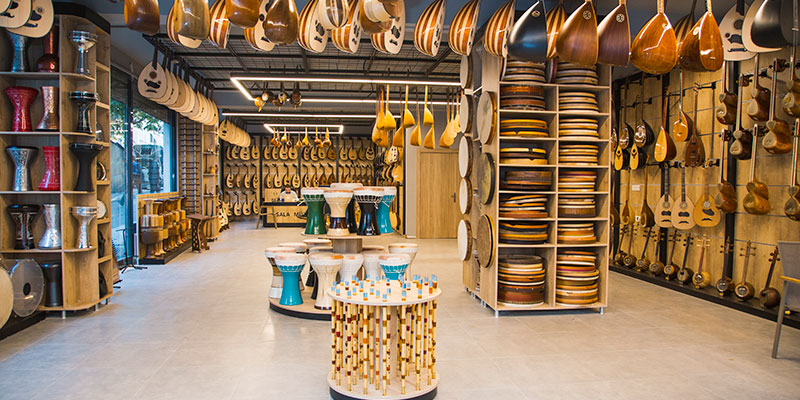



Leave a comment